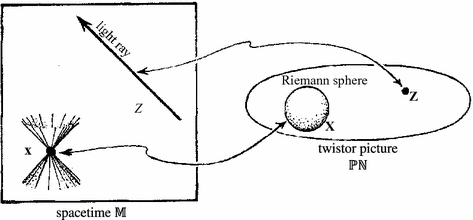I hadn’t heard much about Dinesh D’Souza since the Reagan era when for some mysterious reason his views were widely promoted in the media. He has continued since then to play the role (supposedly according to the New York Times Magazine) of “one of America’s most influential conservative thinkers.” His last book was The Enemy at Home: The Cultural Left and its Responsibility for 9/11, and he has a new one out called Life After Death: The Evidence. In a recent magazine interview he explains the main thesis of the book, that string theory has vindicated Christian theology by proving the existence of heaven and hell (they’re out there in the multiverse somewhere).
How might science explain heaven and hell as places that could exist?
Scientists now posit through string theory the presence of multiple realms, multiple dimensions. One of the implications of the big bang is that space and time had a beginning, and that space and time are properties of our universe. If that’s true, then outside our universe or beyond our universe, there would be different laws of space and time, or no space and no time.
The idea that our universe may not be the only one and that there may be other universes operating according to different laws is now coming into the mainstream of modern physics. So the Christian concept of eternity, which is God outside of space and time, is rendered completely intelligible. It opens up possibilities that would have seemed far-fetched even for science fiction a century ago.
Update: Here’s the link to the interview: String Theory and Heaven.


